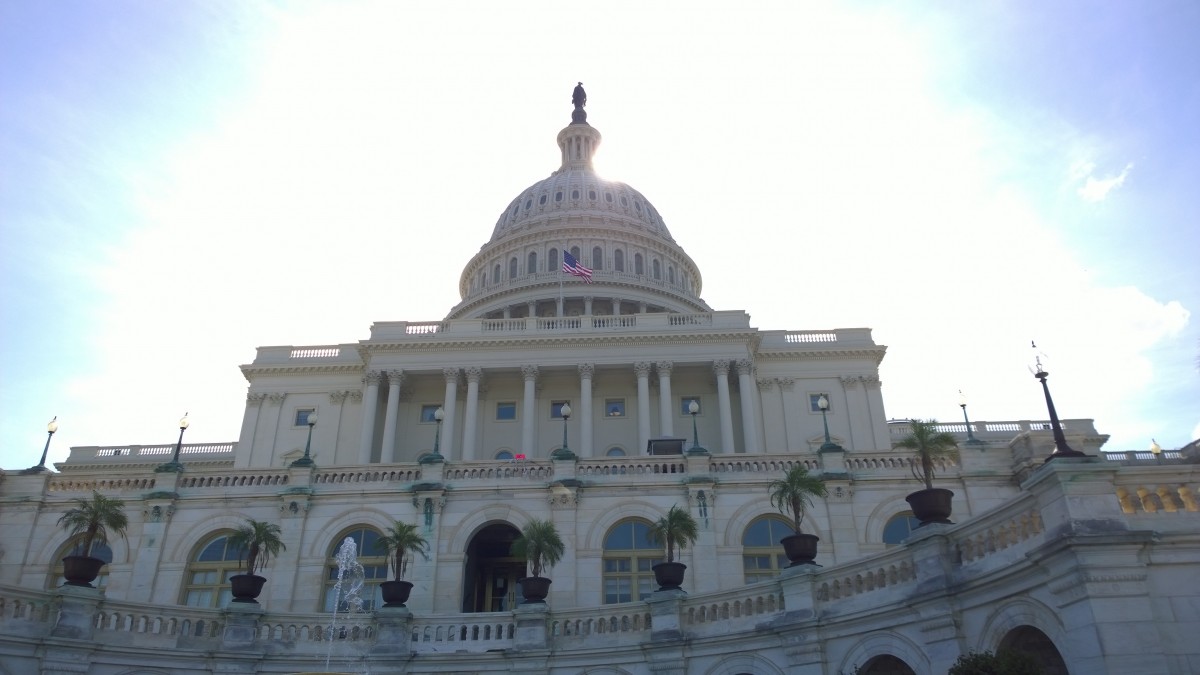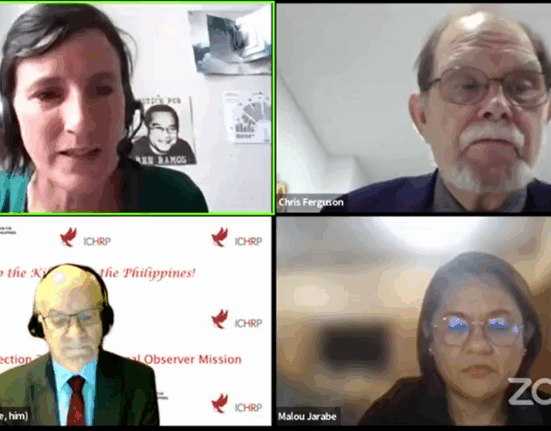Politics can often be a messy affair, filled with power struggles, conflicting ideologies, and shifting alliances. In the world of Australian politics, one recent event that captured the attention of many was the dramatic fallout within the Coalition government. The rift stemmed from deep-seated disagreements over key policy areas, particularly concerning climate change and energy.
The Eight-Day War, as it came to be known, saw tensions reach a boiling point within the Coalition. National Party leader David Littleproud made a bold move by breaking away from the long-standing partnership with the Liberals. This decision sent shockwaves through the political landscape and left many wondering about the future of Australian climate policy.
Littleproud’s defiant stance during this period was emblematic of a larger struggle within the Coalition. As he proudly declared,
“We made it very clear that those four policy areas were the principle on which we left.”
The Nationals’ insistence on certain policies highlighted their unwavering commitment to their beliefs, even at the cost of disrupting decades-old alliances.
However, as with any political drama, there were underlying tensions and contradictions beneath the surface. Littleproud’s strong rhetoric about standing up for principles clashed with accusations of political expediency. Despite his claims of securing concessions from Liberal leader Sussan Ley, critics argued that these agreements were merely symbolic gestures rather than substantive changes in policy direction.
The standoff between Littleproud and Ley underscored broader debates around climate change action and energy policy in Australia. Amid growing concerns about global warming and environmental sustainability, questions loomed large over how effectively the Coalition could address these pressing issues while balancing diverse interests within its ranks.
The unfolding saga revealed not just a rift within the Coalition but also deeper fissures regarding climate change acceptance among its members. While some advocated for embracing climate action as a core tenet of modern governance, others remained skeptical or outright dismissive of such concerns. This divide mirrored wider societal attitudes towards climate science and underscored the challenges facing policymakers in navigating this complex terrain.
As one Liberal insider reflected on the turmoil within their party:
“It wasn’t a fight about four policies… It was really about us being totally fine with them running all over us in three or six months’ time when we reach a policy on climate change.”
This sentiment encapsulated a fundamental dilemma confronting Australian politics – how to reconcile competing visions for addressing climate change amid entrenched ideological differences.
Pollster Jim Reed highlighted this shifting landscape by noting how public opinion had evolved on climate change:
“In focus groups… they say ‘Yes, and we can see it happening.’ The ship has sailed.”
This growing consensus around acknowledging climate change posed a challenge to politicians who clung to outdated notions or denied scientific realities in favor of short-term gains.
The internal strife within the Coalition also raised critical questions about electoral viability and strategic positioning. With urban constituencies increasingly demanding robust action on climate issues, parties like the Liberals faced an uphill battle in regaining relevance unless they embraced more progressive stances on environmental protection and sustainability.
Amidst these debates lurked deeper philosophical considerations about identity and purpose for both major parties involved. The choice between following traditional pragmatic approaches akin to Robert Menzies or veering towards more polarizing ideologies represented by figures like Rupert Murdoch encapsulated broader dilemmas confronting contemporary Australian politics.
As parties grappled with these existential questions amidst internal upheaval, one thing remained clear – forging consensus on climate policy would be pivotal for shaping their future trajectories. Whether through reconciling differences or redefining core values, both sides stood at a crossroads where decisions made today could reverberate far into Australia’s political future.
In conclusion,
the Climate Wars may have exposed fault lines
within Australia’s political landscape,
but they also presented an opportunity
for reflection growth,
and transformation.
Only time will tell
how this chapter unfolds,
but one thing is certain:
the echoes
of this conflict
will resonate
for years to come,
reshaping
the contours
of Australian politics
in ways we are only beginning
to comprehend.









Leave feedback about this